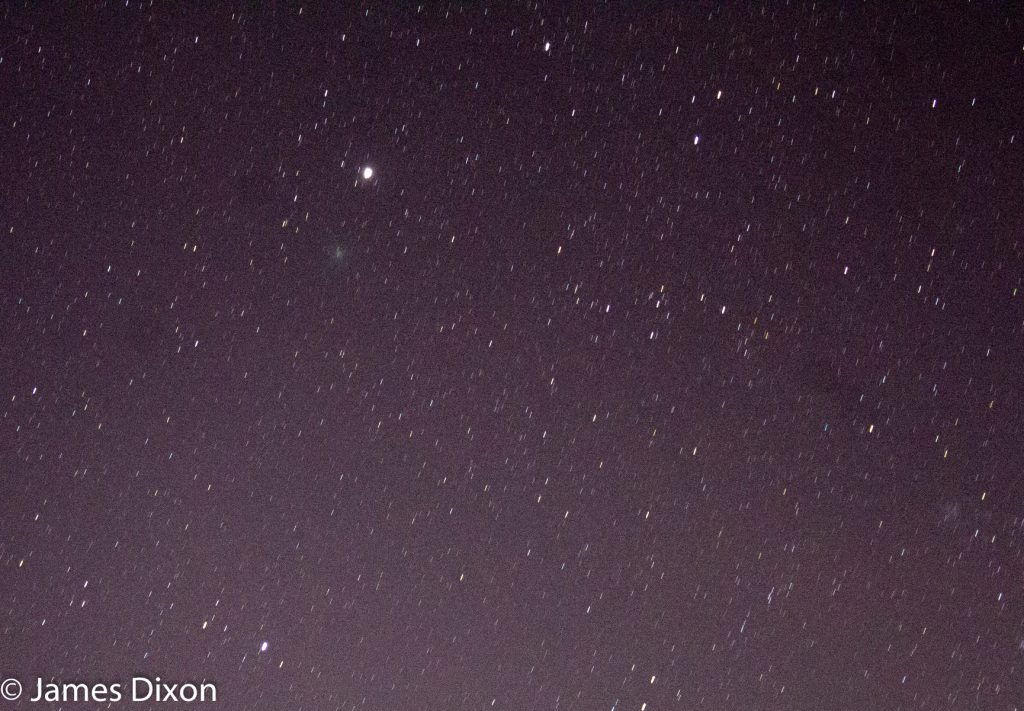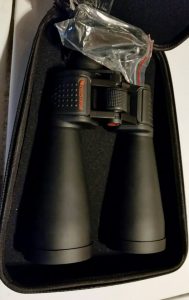On what might be the final clear night of the year, I set up my C11 (Elf) and used my Canon EOS t5 to take this picture. I used BackyardEOS to control the camera. This is 21 30 second images combined. I haven’t done deepsky other than with the stock lens of my camera in a long time and I’ve forgotten the techniques I once knew. The seeing Friday was not as bad as predicted but not great and focus was hard to come by. Once I worked through the details of acquisition, I got my images. After acquisition I remembered my focal reducer/corrector which would have helped, this is prime focus at f/10. Saturday morning I auto aligned in Photoshop and switched back to Lightroom for processing. Click image for a larger view.



